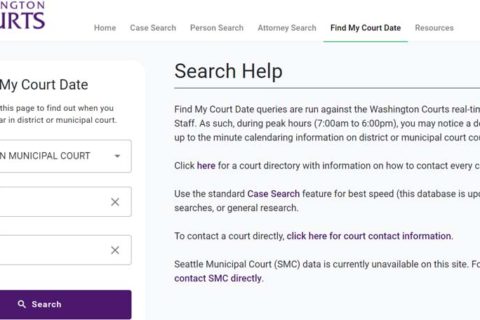Thanks to the Camp LeJeune Justice Act passed in 2022, more than 800 former residents filed claims for nearly $4 billion from the military in pursuit of legal settlements as a result of exposure to toxic drinking water while living or working at Camp Lejeune between 1953 and 1987.
Anyone affected, including former military service members, civilian workers, and their families, has the right to submit a claim, which, if eligible, will receive appropriate compensation that they can use to pay for funeral expenses and medical bills for many types of illnesses such as birth defects, bladder cancer, and Parkinson’s disease, as well as other costs.
After submitting a claim, you will not receive a settlement payout directly. However, there’s a timeline required to carry out this legal settlement. Do you wonder how long a Camp Lejeune settlement will take? Okay, here’s everything you need to know about it!
How Long Does a Camp Lejeune Settlement Take?
Those who are eligible to receive compensation can start submitting a claim with the settlement program right now. Basically, the program will revise their claim to determine whether or not they’re eligible for compensation. Well, if their claims are approved, they will get a settlement offer.

When it comes to receiving a settlement payout, it may take one to two years on average. However, the timeline for receiving a Camp Lejeune settlement may vary depending on some factors, such as the complexity of the claim and the volume of claims that should be processed by the program. It’s not a wonder if some claims are processed quickly, while others may take one year or more.
After receiving a settlement offer, they will have the chance to review it and determine whether they accept it or not. If you’re eligible to accept the settlement offer, you may receive payment within a few weeks.
It’s important to note that receiving a settlement payment may take a little time if you hire a top Camp Lejeune lawyer since they can help you receive it quickly. However, an experienced lawyer will keep you updated on the timeline and help you get the most money possible.
How Was the Toxic Water at Camp Lejeune Discovered?
The case of contaminated water came to light when volatile organic compounds (VOCs) were found in Camp Lejeune’s drinking water supply in 1982. This contradicts the basic directives of 1974, which require safe disposal of solvents and warn that improper handling can lead to contamination of drinking water.
Unfortunately, solvents have been dumped near the base wells of the drinking water supply for many years. In fact, the base wells were closed in the mid-1980s but were re-placed online, which was against the law.
From the exposure of the toxic water case at Camp Lejeune, it was found that from at least 1957 to 1987, Marines and their families in Lejeune drank and bathed in water contaminated with poison at a concentration of 240 to 3,400 times that permitted by safety standards.
Of course, that’s such a problematic as well as terrible case since VOC contamination in groundwater can cause birth defects and other health problems in pregnant and lactating women. However, this information was not made public for at least two decades to avoid chaos, which may hinder the government in identifying those who may have been exposed.
How Did the Victims of Toxic Water at Camp Lejeune Get Their Rights Through the Justice Act Passed by the Government?
An advocacy group called The Few, The Proud, and The Forgotten was initially created to inform possible victims of the contamination at Camp Lejeune. The group also made a website that provides an introduction with some basic information about the toxic water at Lejeune.
Well, the information here includes many health problems, including various types of cancer, miscarriages, leukemia, and birth defects, that have been noted in people who drank the contaminated water.
The group’s website also informs us that numerous base housing areas have been affected by the contamination of water from Camp Lejeune. The areas mentioned are Midway Park, Tarawa Terrace, Paradise Point, Berkeley Manor, Hospital Point, Hadnot Point, and Watkins Village.
Finally, it was found that as many as 500,000 people may have been exposed to toxic water at Camp Lejeune for at least 30 years.

A bookworm and researcher especially related to law and citizenship education. I spend time every day in front of the internet and the campus library.





